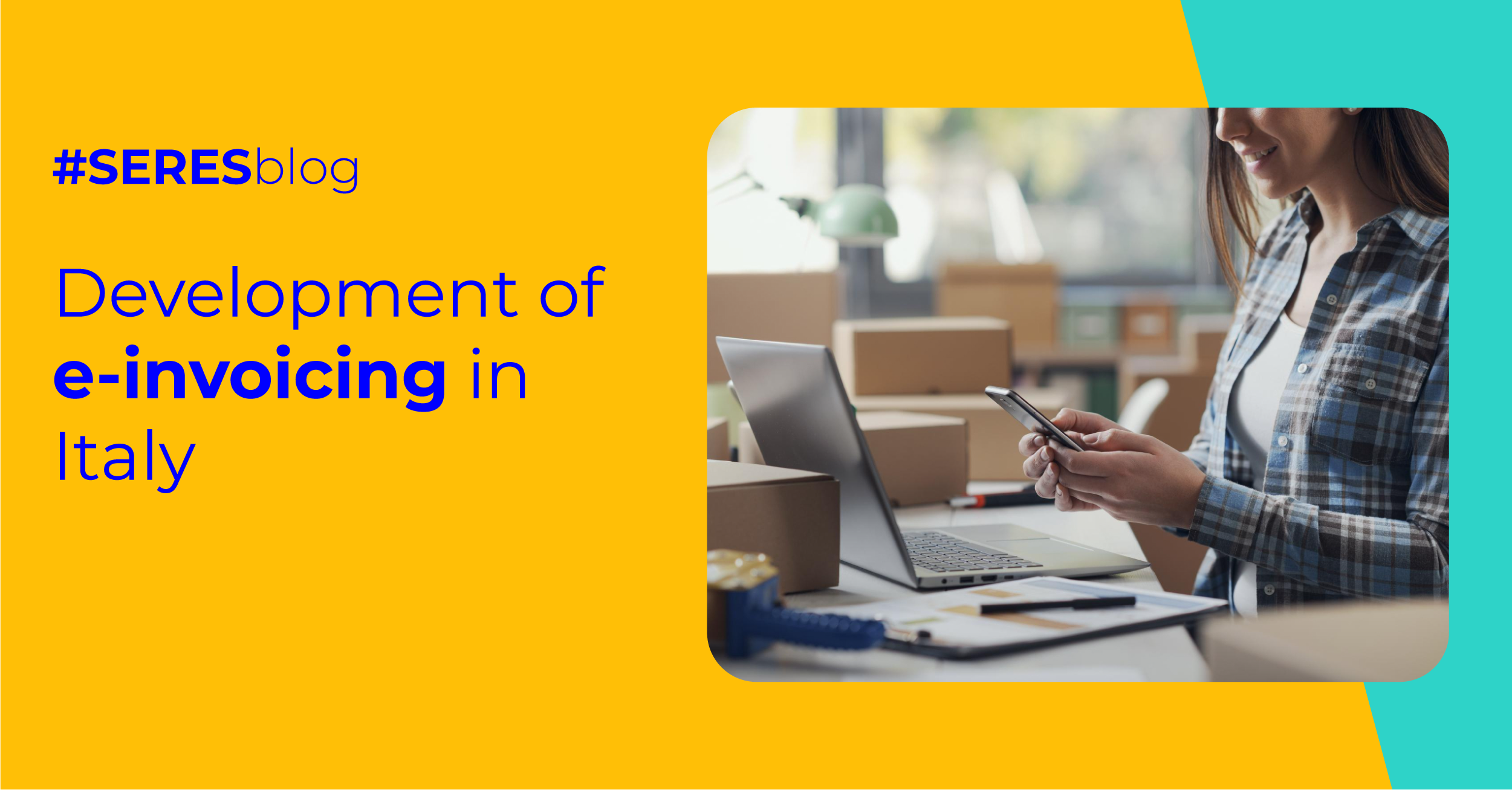E-invoicing in the UAE will follow the DCTCE model
The United Arab Emirates has published the key technical specifications for the successful implementation of B2B electronic invoicing in the country. This is scheduled for July 1, 2026.
Some of the documents that are highlighted include the specific requirements of the Peppol Authority (PASR). These requirements are the standards that service providers must comply with within the Peppol framework. Also included are:
- PINT AE is an electronic invoice format used in the United Arab Emirates.
- The Business Interoperability Architecture.
- The Solutions Architecture.
More details are coming soon, including the document about UAE tax data. The United Arab Emirates has announced the technical details needed for businesses to use electronic invoices, also known as B2B e-invoicing, in the country. This will be in effect by July 1, 2026.
The latest version of the PINT AE standard for electronic invoicing and self-billing (version 1.0.1) was published recently.
It will be compulsory from 18 August 2025. Although it is not yet fully aligned with the general PINT standard, it is expected to achieve this compatibility in early 2026, before it becomes mandatory nationwide in July of that year.
The start of electronic invoicing in the United Arab Emirates
In August 2023, the UAE Ministry of Finance revealed its intention to implement e-invoicing on a national scale. Over the course of 2024, the Ministry established July 2026 as the official date for the launch of e-invoicing in the UAE.
In the initial phase, the initiative will encompass B2G and B2B transactions, with B2C transactions scheduled for implementation at a subsequent stage.
Towards the end of October 2024, the Ministry of Finance and the country's tax authority enacted amendments to the Value Added Tax (VAT) Law. These amendments introduced new provisions pertaining to the electronic invoice, encompassing its definition, recovery, issuance, and its interrelation with credit notes.
In contrast, the Federal Law No. 1 of 2006 on Electronic Commerce and Transactions delineates the regulatory framework pertaining to electronic accounting, storage, and validation processes, including document authorisation and signature.
The regulation stipulates that in instances where electronic invoices are required, they must be created and distributed exclusively in electronic format, with the use of an electronic signature.
The exchange of electronic business documents is now permitted, provided that the recipient has consented to receive them in the chosen format, together with the sender. They must be created in accordance with established guidelines and stored in the same format as originally used.
E-invoicing implementation schedule in the UAE
The following is a timeline for the implementation of e-invoicing in the United Arab Emirates:
- Autumn 2024. The publication of software solutions and the establishment of a tax authority data portal are also scheduled for this period.
- Spring 2025. The publication of draft legislation is scheduled to occur.
- July 2026. Launch of phase 1.
United Arab Emirates' e-invoicing model
The future of e-invoicing in the UAE will be all about the decentralised model (DCTCE). This will have 5 corners where suppliers and taxpayers can exchange e-invoices without needing prior authorisation.
.png?width=760&height=397&name=5-Corner%20Model%20(2).png)
The first step in the e-invoicing process is for the supplier to enter the invoice data into their business software. Then it gets the ball rolling by sending it through its OpenPeppol-accredited Service Provider (SP).
Once the SP gets the info, they check it against the standards and then send it to the network to be processed. On top of that, the SP checks the customer's identity in the OpenPeppol directory before sending the data, so you can be sure the information is correct.
The invoice is sent securely over the OpenPeppol network from the sending SP to the receiving SP. The receiving SP then processes the data and sends it to the customer's business software in the format the customer needs.
Last but not least, the Ministry of Finance and the Federal Tax Authority can get an extract of the relevant invoice data via accredited SPs in the United Arab Emirates (UAE).
This info is stored in a central data platform run by the tax authority, which makes it easier to monitor and enforce tax obligations.
This process makes sure that invoice data is sent securely and that customers and tax authorities have access to the info they need at every stage of the process.
The Ministry says that taxpayers should take the following steps to implement electronic invoicing:
- It's important to understand the process.
- Pick suppliers that are accredited.
- Get the right systems in place (software, connection to ERP, etc.).
- Run tests to make sure that the structured data is created, validated and presented correctly.
Make the most of the lower cost of generating invoices and the associated optimisations.


